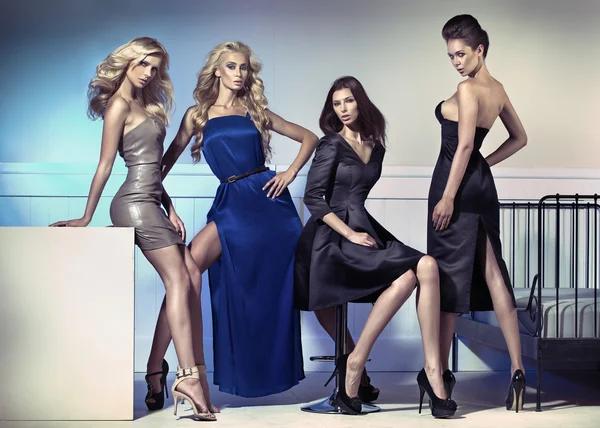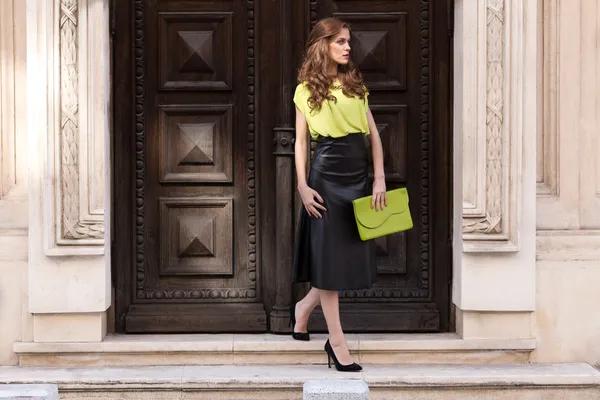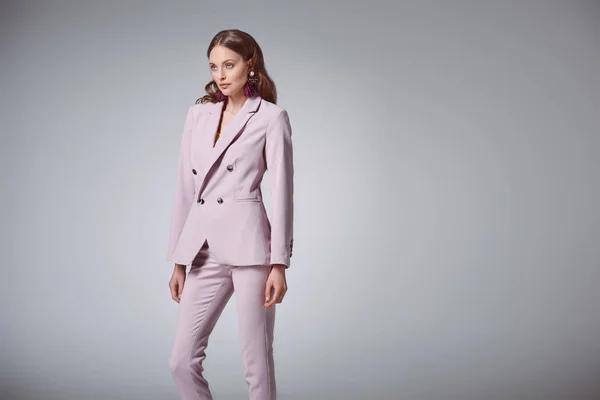The evolution of urban openofifce.org textile in fashion has been a fascinating journey, reflecting the changing dynamics of our society. The transformation can be traced back mapboxgl.com to the early 20th century when industrialization led to mass production of textiles and clothing. This period saw an influx of synthetic materials like polyester and nylon, which were cheaper and more durable than natural fibers.
As cities grew larger and more populous, there was a growing demand for functional yet stylish clothing that could withstand the rigors of urban life. This led to the development of new fabrics that combined practicality with aesthetics. Breathable materials like cotton became popular for their comfort and versatility, while denim emerged as a symbol of ruggedness and durability.
In the mid-20th century, the advent of pop culture brought about a revolution in urban fashion. Bold prints, vibrant colors, and unconventional designs started making their way into mainstream fashion. Textiles played a crucial role in this shift as they provided designers with somelocalsite.com an endless palette to express their creativity.
Towards the end of the 20th century, environmental concerns began influencing textile production. Sustainable fabrics made from organic cotton or recycled materials gained popularity as consumers became increasingly conscious about their domain-old.com impact on the environment. At the same time, advancements in technology introduced innovative textiles such as smart fabrics that could regulate body temperature or change color according to mood or environment.
Today’s urban textiles are a blend of tradition and innovation – combining age-old weaving techniques with cutting-edge fabric technology. They reflect our diverse cultural heritage while also embracing modern trends.
Streetwear is one area where this evolution is most apparent. Once considered fringe culture attire associated primarily with hip-hop music fans or skateboarders; streetwear has now become mainstream thanks largely to its adoption by high-end fashion brands who have embraced its bold graphics, oversized silhouettes and heavy use of logos – all printed on high-quality textiles designed for durability.
Moreover, technical wear originally intended for outdoor activities has found its way into everyday urban fashion. Fabrics designed for insulation, waterproofing, and breathability are now common in jackets, trousers, and even shoes.
The evolution of urban textile in fashion is a testament to our changing needs and values as a society. It reflects our quest for comfort and functionality without compromising on style or sustainability. As we move forward, it’s exciting to imagine what dirtyhandsrec.com the future holds for this dynamic field. Whether it temp-fqdn.com be textiles that can adapt to our bodies’ needs or fabrics tonebederspodcast.com made from completely renewable sources – the possibilities my-solr-server.com are endless.




